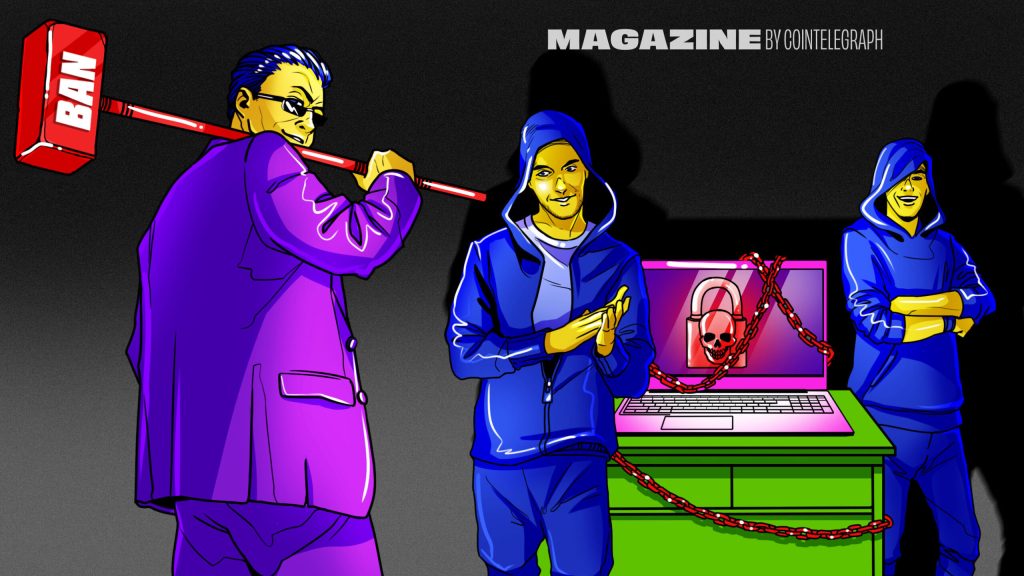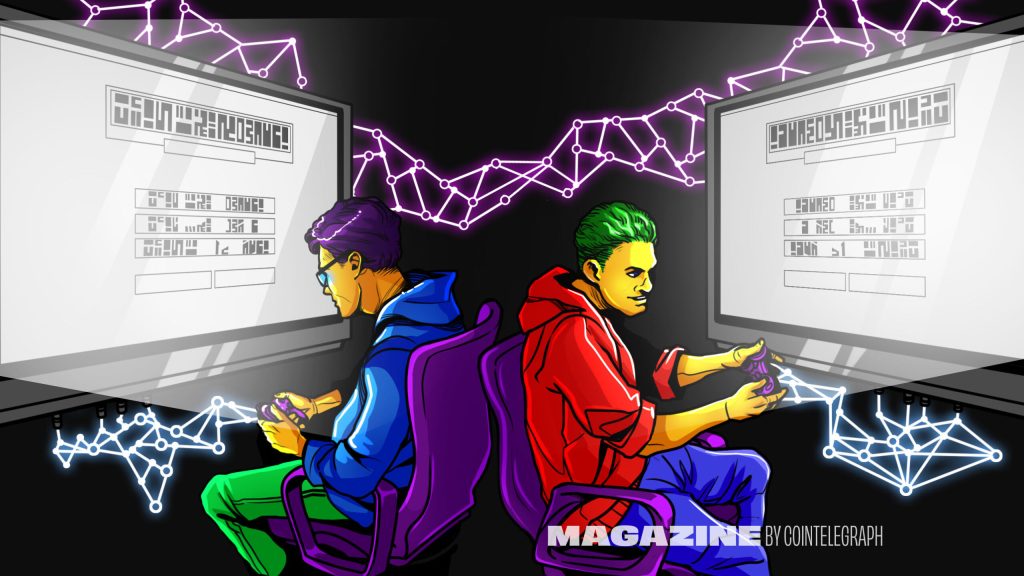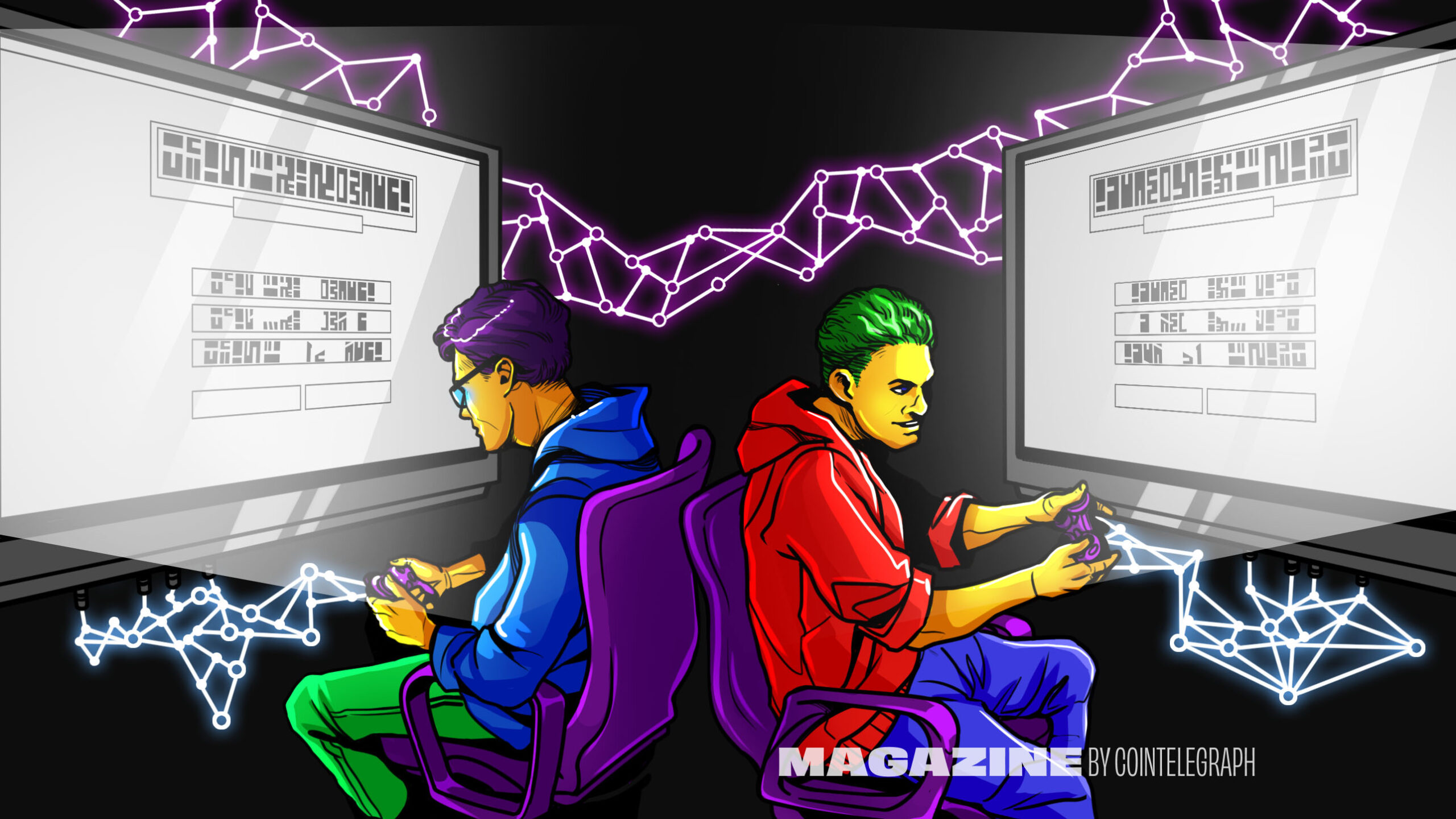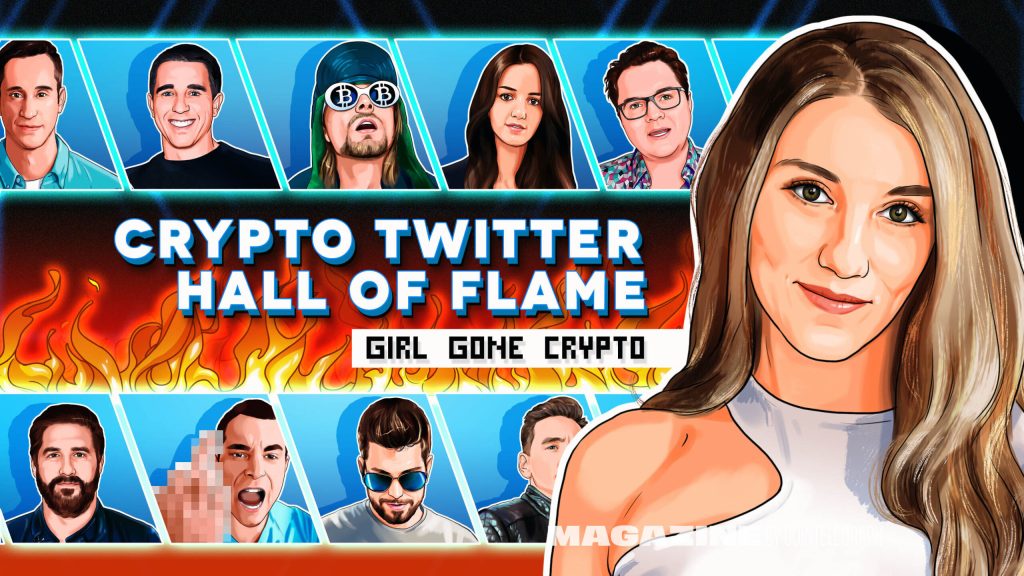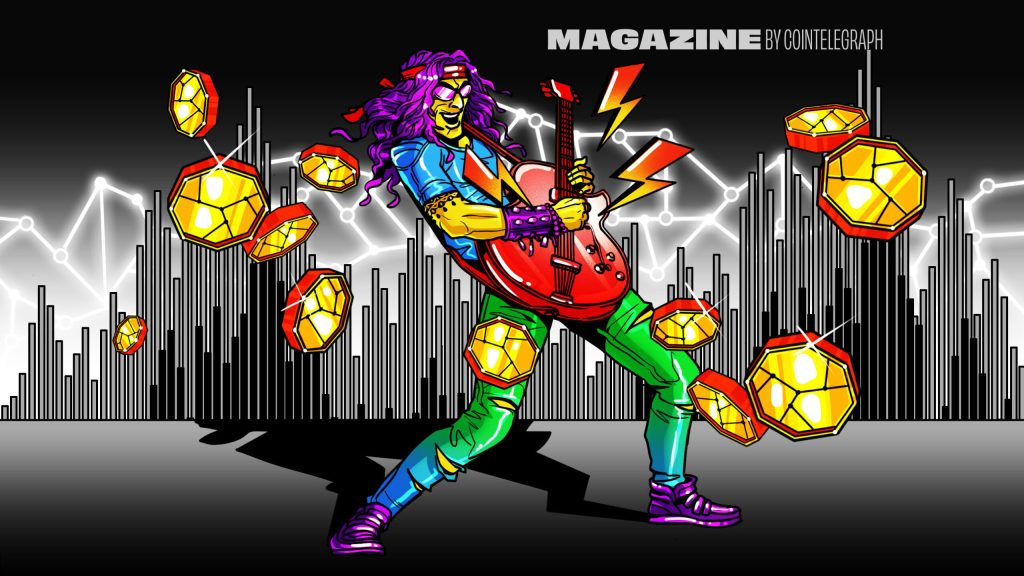Should we ban ransomware payments? It’s an attractive but dangerous idea


The U.S. and Australia are considering banning ransomware payments, but will it solve the problem, or harm people and destroy businesses?
A successful cyberattack on critical infrastructure such as electricity grids, transportation networks or healthcare systems could cause severe disruption and put lives at risk.
Our understanding of the threat is far from complete since organizations have historically not been required to report data breaches, but attacks are on the rise according to the Privacy Rights Clearinghouse. A recent rule from the United States Securities and Exchange Commission should help clarify matters further by now requiring that organizations disclose material cybersecurity incidents they experience.
As the digital world continues to expand and integrate into every facet of society, the looming specter of cyber threats becomes increasingly more critical. Today, these cyber threats have taken the form of sophisticated ransomware attacks and debilitating data breaches, particularly targeting essential infrastructure.
A major question coming from policymakers, however, is whether businesses faced with crippling ransomware attacks and potentially life threatening consequences should have the option to pay out large amounts of cryptocurrency to make the problem go away. Some believe ransoms be banned for fear of encouraging ever more attacks.
Following a major ransomware attack in Australia, its government has been considering a ban on paying ransoms. The United States has also more recently been exploring a ban. But other leading cybersecurity experts argue that a ban does little to solve the root problem.
Ransomware and the ethical dilemma of whether to pay the ransom
At the most basic level, ransomware is simply a form of malware that encrypts the victims data and demands a ransom for its release. A recent study by Chainalysis shows that crypto cybercrime is down by 65% over the past year, with the exception of ransomware, which saw an increase.
Ransomware is the one form of cryptocurrency-based crime on the rise so far in 2023. In fact, ransomware attackers are on pace for their second-biggest year ever, having extorted at least $449.1 million through June, said Chainalysis.
Even though there has been a decline in the number of crypto transactions, malicious actors have been going after larger organizations more aggressively. Chainalysis continued:
Big game hunting that is, the targeting of large, deep-pocketed organizations by ransomware attackers seems to have bounced back after a lull in 2022. At the same time, the number of successful small attacks has also grown.
The crippling effect of ransomware is especially pronounced for businesses that heavily rely on data and system availability.


The dilemma of whether to pay the ransom is contentious. On one hand, paying the ransom might be seen as the quickest way to restore operations, especially when lives or livelihoods are at stake. On the other hand, succumbing to the demands of criminals creates a vicious cycle, encouraging and financing future attacks.
Organizations grappling with this decision must weigh several factors, including the potential loss if operations cannot be restored promptly, the likelihood of regaining access after payment, and the broader societal implications of incentivizing cybercrime. For some, the decision is purely pragmatic; for others, its deeply ethical.


Should paying ransoms be banned?
The increasing incidence of ransomware attacks has ignited a policy debate: Should the payment of ransoms be banned? Following a major ransomware attack on Australian consumer lender Latitude Financial, in which millions of customer records and IDs were stolen, some have begun to advocate for a ban on paying the ransom as a way of deterring attacks and depriving cybercriminals of their financial incentives.
In the United States, the White House has voiced its qualified support for a ban. Fundamentally, money drives ransomware and for an individual entity it may be that they make a decision to pay, but for the larger problem of ransomware that is the wrong decision We have to ask ourselves, would that be helpful more broadly if companies and others didnt make ransom payments? said Anne Neuberger, deputy national security advisor for cyber and emerging technologies in the White House.


While proponents argue that it will deter criminals and reorient priorities for C-suite executives, critics, however, warn that a ban might leave victims in an untenable position, particularly when a data breach could lead to loss of life, as in the case of attacks on healthcare facilities.
The prevailing advice from the FBI and other law enforcement agencies is to discourage organizations from paying ransoms to attackers, Jacqueline Burns Koven, head of cyber threat intelligence for Chainalysis, tells Magazine.
This stance is rooted in the understanding that paying ransoms perpetuates the problem, as it incentivizes attackers to continue their malicious activities, knowing that they can effectively hold organizations hostage for financial gain. However, some situations may be exceptionally dire, where organizations and perhaps even individuals face existential threats due to ransomware attacks. In such cases, the decision to pay the ransom may be an agonizing but necessary choice. Testimony from the FBI recognizes this nuance, allowing room for organizations to make their own decisions in these high-stakes scenarios, and voiced opposition to an all out ban on payments.
Another complicating factor is that an increasing number of ransomware attacks, according to Chainalysis, may not have financial demands but instead focus on blackmail and other espionage purposes.
In such cases, there may be no feasible way to pay the attackers, as their demands may go beyond monetary compensation In the event that an organization finds itself in a situation where paying the ransom is the only viable option, it is essential to emphasize the importance of reporting the incident to relevant authorities.
Transparency in reporting ransomware attacks is crucial for tracking and understanding the tactics, techniques and procedures employed by malicious actors. By sharing information about attacks and their aftermath, the broader cybersecurity community can collaborate to improve defenses and countermeasures against future threats, Koven continues.
Could we enforce a ban on paying ransomware attackers?
Even if a ban were implemented, a key challenge is the difficulty in enforcing it. The clandestine nature of these transactions complicates tracing and regulation. Furthermore, international cooperation is necessary to curb these crimes, and achieving a global consensus on a ransom payment ban might be challenging.


While banning ransom payments could encourage some organizations to invest more in robust cybersecurity measures, disaster recovery plans and incident response teams to prevent, detect and mitigate the impact of cyberattacks, it still amounts to penalizing the victim and making the decision for them.
Unfortunately, bans on extortions have traditionally not been an effective way to reduce crime it simply criminalizes victims who need to pay or shifts criminals to new tactics, says Davis Hake, co-founder of Resilience Insurance who says claims data over the past year shows that while ransomware is still a growing crisis, some clients are already taking steps toward becoming more cyber-resilient and able to withstand an attack.
By preparing executive teams to deal with an attack, implementing controls that help companies restore from backups, and investing in technologies like EDR and MFA, weve found that clients are significantly less likely to pay extortion, with a significant number not needing to pay it at all. The insurance market can be a positive force for incentivizing these changes among enterprises and hit cybercriminals where it hurts: their wallets, Hake continues.
The growing threat and risk of cyberattacks on critical infrastructure
The costs of ransomware attacks on infrastructure are often ultimately borne by taxpayers and municipalities that are stuck with cleaning up the mess.
To understand the economic effects of cyberattacks on municipalities, I released a research paper with several faculty colleagues, drawing on all publicly reported data breaches and municipal bond market data. In fact, a 1% increase in the county-level cyberattacks covered by the media leads to an increase in offering yields ranging from 3.7 to 5.9 basis points, depending on the level of attack exposure. Evaluating these estimates at the average annual issuance of $235 million per county implies $13 million in additional annual interest costs per county.
One reason for the significant adverse effects of data breaches on municipalities and critical infrastructure stems from all the interdependencies in these systems. Vulnerabilities related to Internet of Things (IoT) and industrial control systems (ICS) increased at an even faster rate than overall vulnerabilities, with these two categories experiencing a 16% and 50% year over year increase, respectively, compared to a 0.4% growth rate in the number of vulnerabilities overall, according to the X-Force Threat Intelligence Index 2022 by IBM.
A key factor contributing to this escalating threat is the rapid expansion of the attack surface due to IoT, remote work environments and increased reliance on cloud services. With more endpoints to exploit, threat actors have more opportunities to gain unauthorized access and wreak havoc.
Local governments face a significant dilemma… On one hand, they are charged with safeguarding a great deal of digital records that contain their citizens private information. On the other hand, their cyber and IT experts must fight to get sufficient financial support needed to properly defend their networks, says Brian de Vallance, former DHS assistant secretary.
Public entities face a number of challenges in managing their cyber risk the top most is budget. IT spending accounted for less than 0.1% of overall municipal budgets, according to M.K. Hamilton & Associates. This traditional underinvestment in security has made it more and more challenging for these entities to obtain insurance from the traditional market.
Cybersecurity reform should involve rigorous regulatory standards, incentives for improving cybersecurity measures and support for victims of cyberattacks. Public-private partnerships can facilitate sharing of threat intelligence, providing organizations with the information they need to defend against attacks. Furthermore, federal support, in the form of resources or subsidies, can also help smaller organizations whether small business or municipalities that are clearly resource constrained so they have funds to invest more in cybersecurity.
Toward solutions
So, is the solution a market for cybersecurity insurance? A competitive market to hedge against cyber risk will likely emerge as organizations are increasingly required to report material incidents. A cyber insurance market would still not solve the root of the problem: Organizations need help becoming resilient. Small and mid-sized businesses, according to my research with professors Annie Boustead and Scott Shackelford, are especially vulnerable.
Investment in digital transformation is expected to reach $2T in 2023 according to IDC and all of this infrastructure presents an unimaginable target for cybercriminals. While insurance is excellent at transferring financial risk from cybercrime, it does nothing to actually ensure this investment remains available for the business, says Hake, who says there is a huge opportunity for insurance companies to help clients improve cyber hygiene, reduce incident costs, and support financial incentives for investing in security controls.
Encouragingly, Hake has noticed a trend for more companies to work with clients to provide insights on vulnerabilities and incentivize action on patching critical vulnerabilities.
One pure-technology mitigation that could help is SnapShield, a ransomware activated fuse, which works through behavioral analysis, says Doug Milburn, founder of 45Drives. This is agentless software that runs on your server and listens to traffic from clients. If it detects any ransomware content, SnapShield pops the connection to your server, just like a fuse. Damage is stopped, and it is business as usual for the rest of your network, while your IT personnel clean out the infected workstation. It also keeps a detailed log of the malicious activity and has a restore function that instantly repairs any damage that may have occurred to your data, he continues.
Ransomware attacks are also present within the crypto market, and there is a growing recognition that new tools are needed to build on-chain resilience. While preventative measures are important, access controlled data backups are imperative. If a business is using a solution, like Jackal Protocol, to routinely back up its state and files, it could reboot without paying ransoms with minimal losses, said Eric Waisanen, co-founder of Astrovault.
Ultimately, tackling the growing menace of cyber threats requires a holistic approach that combines policy measures, technological solutions and human vigilance. Whether a ban on ransom payments is implemented, the urgency of investing in robust cybersecurity frameworks cannot be overstated. As we navigate an increasingly digital future, our approach to cybersecurity will play a pivotal role in determining how secure that future will be.


Emory Roane, policy counsel at PRCD, says that mandatory disclosure of cyber breaches and offering identity theft protection services are essential, but it still leaves consumers left to pick up the pieces for, potentially, a business poor security practices.
But the combination of mandatory disclosure and the threat of getting sued may be the most effective. He highlights the California Consumer Privacy Act.
It provides a private right of action allowing consumers to sue businesses directly in the event that a business suffers a data breach that exposes a consumers personal information and that breach was caused by the business failure to use reasonable security measures, Roane explains. That dovetails with a growing recognition that data is an important consumer asset that has long been overlooked and transferred to companies without remuneration.
Greater education around cybersecurity and data sovereignty will not only help consumers stay alert to ongoing threats e.g., phishing emails but also empower them to pursue and value more holistic solutions to information security and data sharing so that the incidence of ransomware attacks is lower and less severe when they do happen.
Bans rarely work, if for no other reason than enforcement is either physically impossible or prohibitively expensive. Giving into ransoms is not ideal, but neither is penalizing the entity that is going through a crisis. What organizations need are better tools and techniques and that is something that the cybersecurity industry, in collaboration with policymakers, can help with through new technologies and the adoption of best practices.












